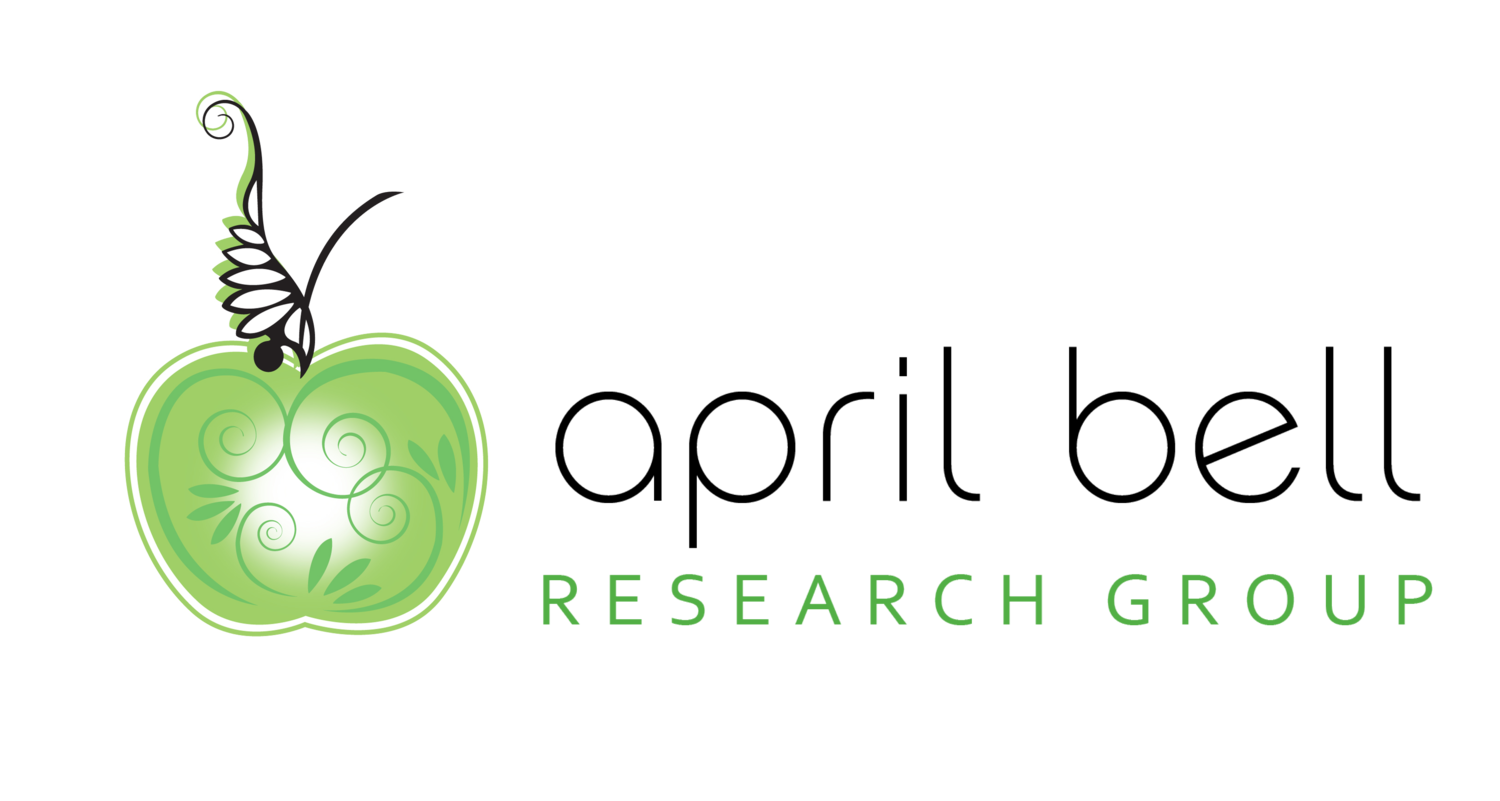Lesley Mottia, Executive Vice President of Product & Experience at Zipcar, gave an extremely interesting presentation on the key steps companies should take to improve overall customer experience. Companies can follow these steps in order to find out what makes their customers happy and drive business results.
1) Be with your Customers - You get a completely different experience by actually being in person with your customers and observing their actions. Ethnographic experiences are much more valuable because you can see consumers' actions first-hand. CustomMade spent time with its customers in order to better connect with them.
2) Imagine the Ideal - Instead of focusing on solving today's problems, imagine the overall picture of where you want to be years from now. Moo disrupted the business card segment by creating customized business cards to better suit the needs of small businesses. They came out with Printinfinity, which allows companies to print different images on the back of each card.
3) Design the Whole Experience - It is important to look at the overall user experience, instead of focusing on just one aspect of it. Zipcar had a problem with consumers being unable to locate their cars, so they added guides and location photos to make the overall process easier.
4) Humanize the Details - Find a meaningful way to connect with consumers to make it a great personal interaction, whether it is online or offline. Warby Parker personalizes the experience of buying glasses online by sending you multiple frames to try on and giving you the opportunity to consult with their "social team" to receive input.
5) Recovery as Opportunity - When something goes wrong, make sure you act, and use it as an opportunity for a spotlight moment. Customers like when companies are able to bounce back quickly and treat it as a way to improve their business.
6) Measure, Rinse, Repeat - Need to quantify how well the process is doing and decide what areas need improvement. This is the most important step of the process, in my mind, because companies should continuously be looking to improve their programs.

Mayuri Joshi isResearch Magician at April Bell Research Group, a boutique, full-service marketing research firm, committed to delivering fresh insights you can act on! Learn more at aprilbellresearch.com.















